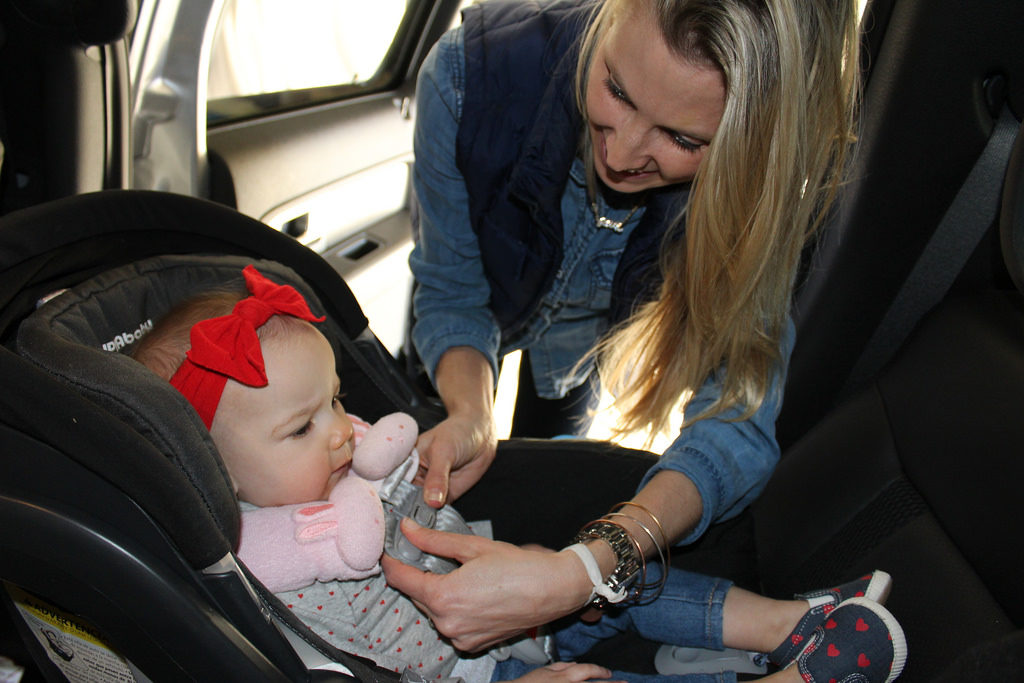As Sept. 23-29 represents Child Passenger Safety week in the United States, we’re reminded of our duty to keep children safe while riding in the car. However, according to the Center for Disease Control and Prevention, motor vehicle–related injuries are a leading cause of death among children. That’s why the American Academy of Pediatrics has revised its guidelines to state that children should remain in rear-facing car seats for as long as possible and at least until they are 2 years old.

Here’s why: rear-facing seats spread the crash force more evenly across the back of the car seat and the child’s body, while also limiting the motion of the head, and reducing the potential for neck injury. In fact, research shows that keeping your child in a rear-facing seat until up to 23 months will decrease their chances of sustaining serious injury by about 75 percent.
The guidelines encourage parents to keep kids rear-facing until they are too tall or too heavy for their car seat, according to its labels and instruction manual. Then parents can transition kids to the next phase of car or booster seat. After age 2, it is recommended that children should be placed in a convertible rear-facing car seat. Experts now recommend that toddlers stay in a convertible car seat facing backward until at least the age of 2 or after having reached the seat’s height and weight limits for the rear position (usually 36 inches and 30 to 35 pounds).
In an interview with Good Morning America, Kerry Chausmer, Director of Certification at Safe Kids, said, “Every additional month that a child rides rear-facing gives more time for the head, neck and spine to develop. And that’s really why we want kids to ride rear-facing. It protects the head, neck and spine better in a crash.”
Car seat manufacturers now have seats that allow children to remain rear-facing until 40 pounds or more. Chausmer adds: “Kids are actually safer rear-facing, not just their head, neck and spine, but also their legs, so it’s perfectly fine if kids’ legs hit the back of the car seat.” When children hit the height or weight limit specified on their car seat, they should switch to a forward-facing seat with harnesses until they reach 65 pounds.


